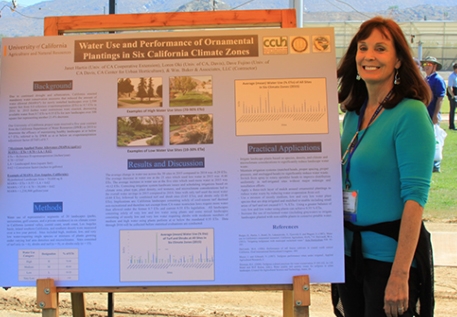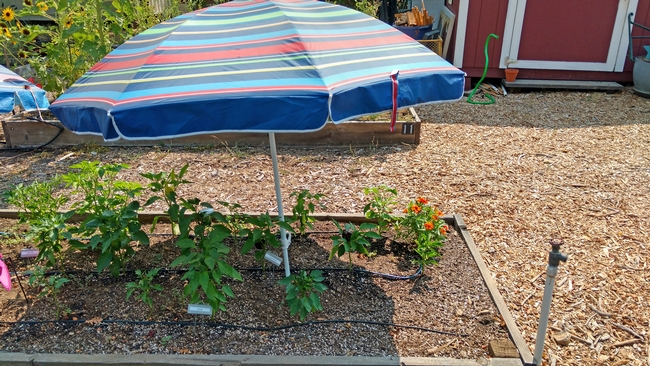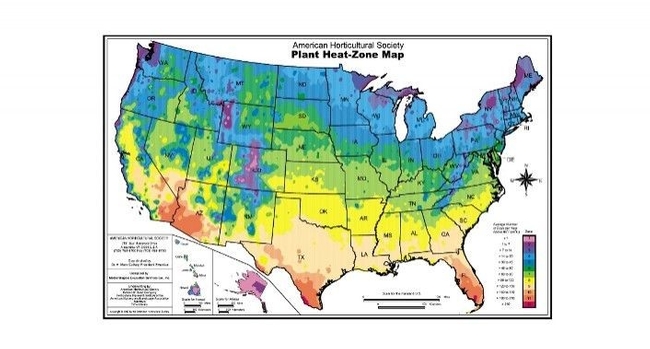When unusually hot weather is in the forecast, it's time irrigate, shade and mulch plants to protect your plants, reported Sandra Barrera in the Los Angeles Daily News.
The story was prompted by a heat spike in Southern California recently, when temperatures soared above 110 degrees in many areas.
"While most plants can endure triple-digit temperatures, they suffer when heat comes on suddenly," the article said.
- When a plant is dry, it's already stressed, so give it a good soaking before temperatures rise.
- A patio umbrella, bed sheets or landscape shade cloth suspended on the sunny side of a plant will shade tender growth on hot days.
- A three- to four-inch layer of mulch around plants will cool roots and hold moisture.
One of the best ways to avoid heat damaged trees and plants is by planning a garden for the climate.
"In Southern California, Sunset zones are preferred over USDA zones due to their greater accuracy," said Janet Hartin, UC Cooperative Extension environmental horticulture advisor for San Bernardino, Riverside and Los Angeles counties.

The American Horticultural Society also has a Heat Zone Map to select plants adaptable to inland and desert climates. The map has 12 zones searchable by city. Each zone designates the average number of days per year temperatures exceed 86 degrees, which is considered by the point at which most plants begin to suffer heat stress.
"The numbers are relatively conservative and many plant enthusiast experimenters are already finding that many plants - under the right conditions and a little shade - do just fine outside of their listed heat zone," Hartin said.

